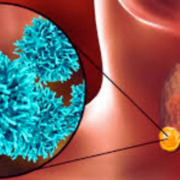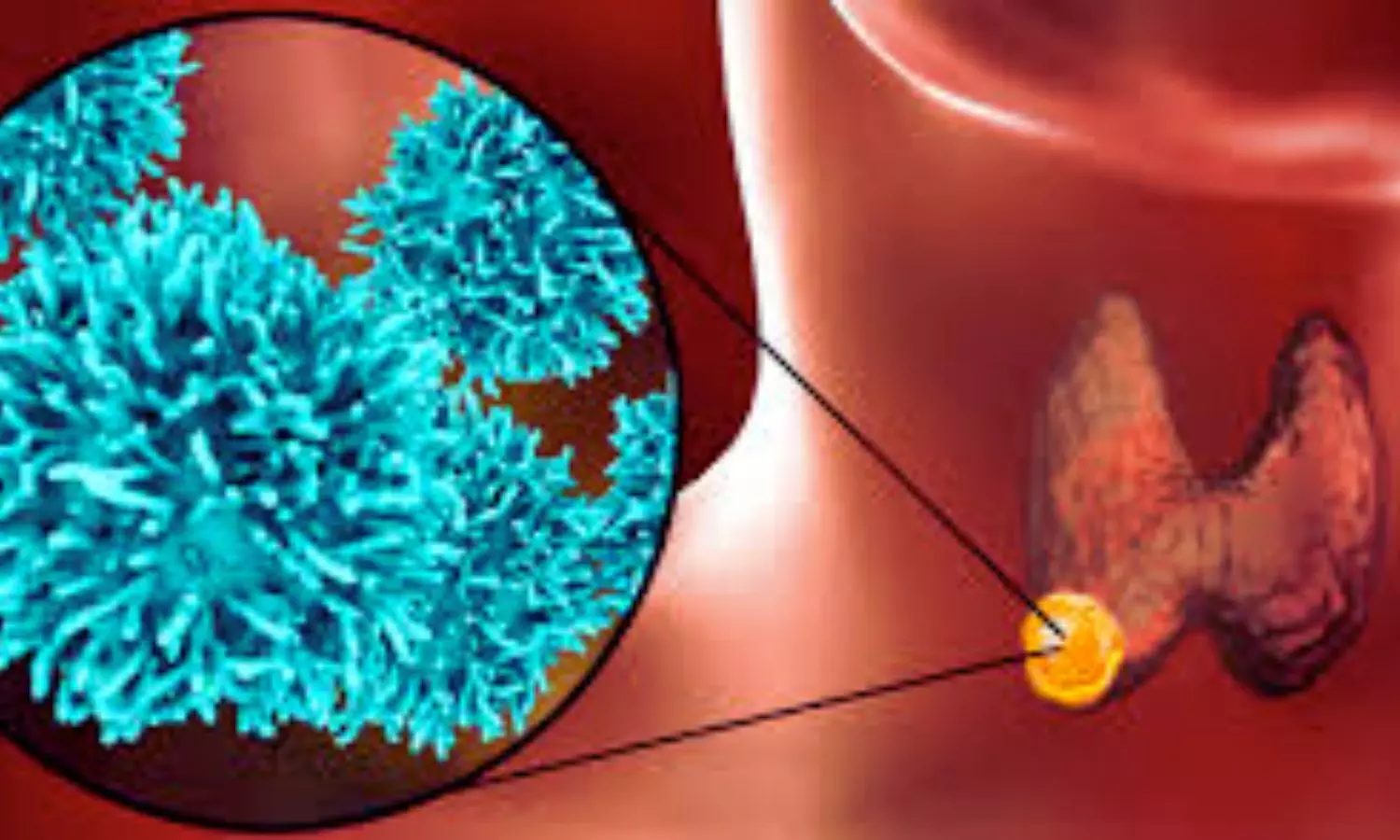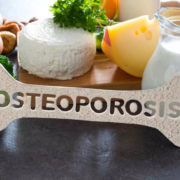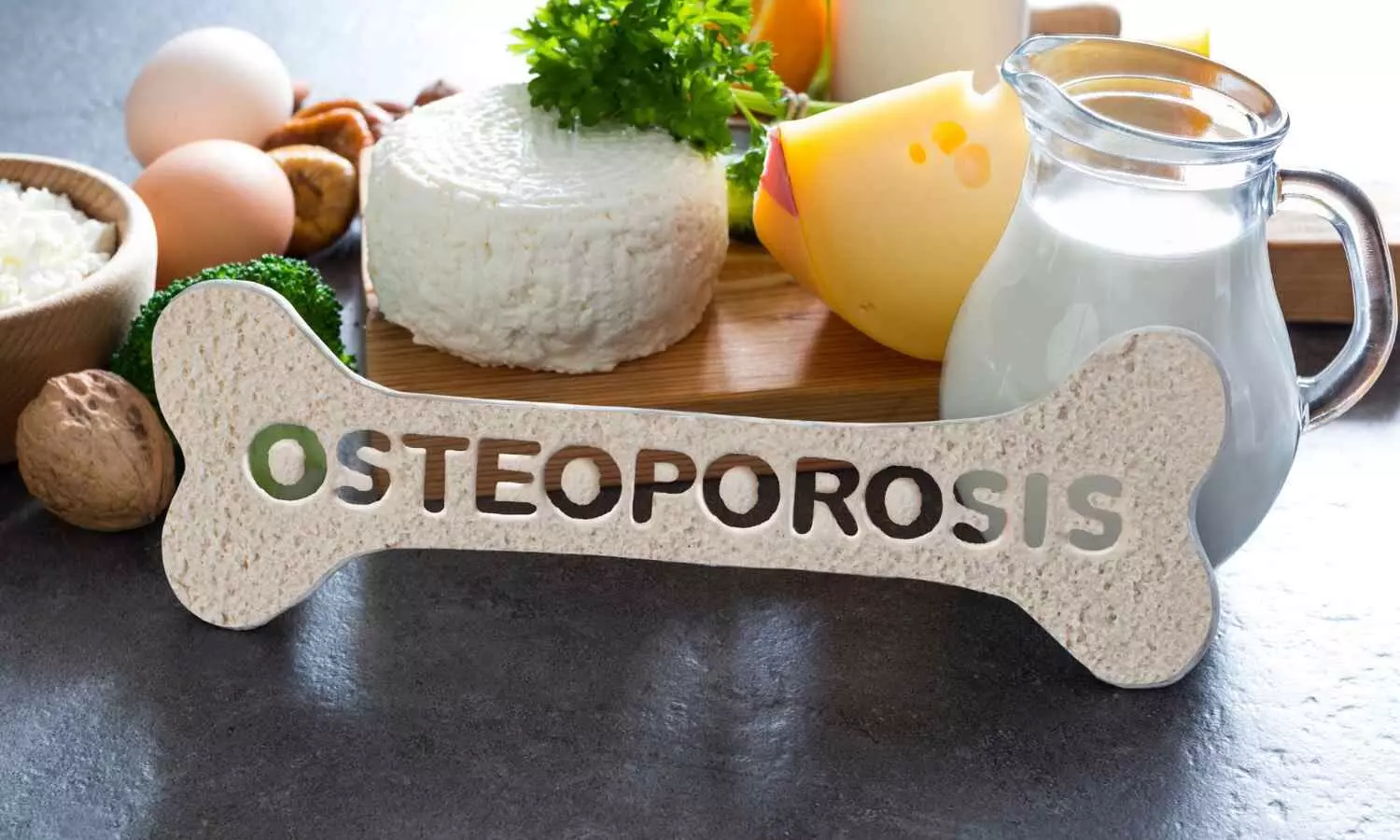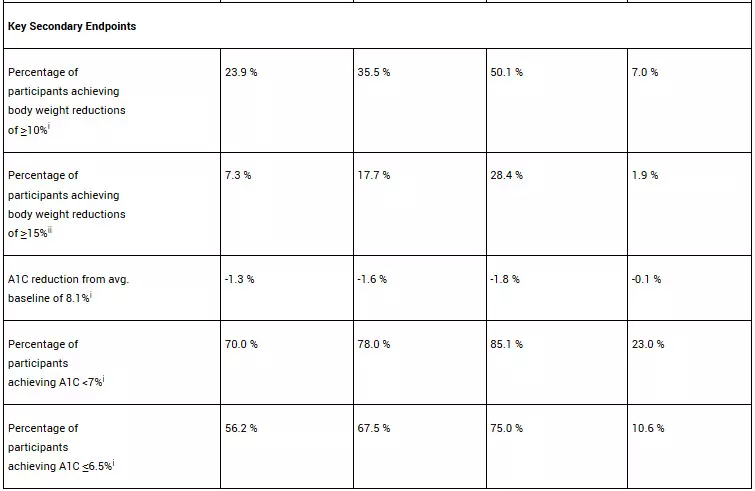First global guidelines for pregnancy and inflammatory bowel disease developed

For women with inflammatory bowel disease (IBD), pregnancy can be an uncertain time due to limited clinical data about how IBD medications impact pregnancy outcomes and infants who have been exposed to IBD medications in utero.
As a matter of policy, pregnant women are excluded from clinical trials of experimental therapies for IBD and when a new therapy achieves regulatory approval, there is only animal safety data, but no human pregnancy safety data.
For patients with IBD, stopping medication leads to an increase in IBD symptoms, which can make their pregnancies high-risk. These women are often young and otherwise healthy, so they are not always recognized as high-risk despite the association of uncontrolled IBD with adverse maternal and obstetric outcomes.
To improve treatment of IBD during pregnancy worldwide, the Helmsley PIANO Expert Global Consensus was convened to provide standardized, evidence-based recommendations to providers caring for women with IBD. The PIANO (Pregnancy Inflammatory Bowel Disease And Neonatal Outcomes) study looked at the safety of IBD medications in pregnancy and short- and long-term outcomes of the children.
Based on reviews of the literature by the consortium experts, final recommendations for the global consensus were published simultaneously on August 28, in six international journals including Clinical Gastroenterology and Hepatology,American Journal of Gastroenterology, GUT, Inflammatory Bowel Diseases, Journal of Crohn’s and Colitis, and Alimentary Pharmacology and Therapeutics.
Hope and comfort for mothers with IBD
The final study results and guidelines include new findings such as continuing all biologics throughout pregnancy and lactation, universal pre-conception counseling, understanding of high-risk maternal status, providing low dose aspirin to prevent preterm preeclampsia, and giving the rotavirus vaccine on schedule.
“Some of the findings were expected, but others were novel,” said Uma Mahadevan, MD, director of the Colitis and Crohn’s Disease Center at UCSF, principal investigator of the PIANO study, and chair of the Global Consensus Conference. “The goal of our study and consortium has been to provide hope, comfort, and the same high-level care to current and future mothers with IBD. The consensus recommendations are the first truly global effort to improve treatment and outcomes for women with IBD and their children.”
Specifically, the consortium recommends women with inflammatory bowel disease receive preconception counseling and ideally be in remission for three to six months prior to considering conception. It also recommends that all women with IBD are followed as high-risk pregnancies.
Also recommended is the continuation of medications that are considered low risk for use during pregnancy, such as 5-ASAs, sulfazalazine, thiopurines, and all monoclonal antibodies during preconception, pregnancy, and lactation. For small molecule drugs, the consortium recommends they be avoided for at least one month, and in some cases for three months prior to attempting conception, unless there is no alternative for the health of the mother. They should also be avoided during lactation.
Another novel recommendation is that women with IBD may breastfeed with all monoclonal antibodies, including newer IL-23s, even though there is not yet clinical trial data. The recommendation to continue them through pregnancy and lactation is based on placental physiology, as well as on the physiology of monoclonal antibody transfer in breast milk.
While biologic medication can cross the placenta and be detected in infants from 1 to 6 months, levels of biologic drugs detected in breast milk in the study were very low and did not adversely affect infant outcomes. The consensus recommends that women with IBD can breastfeed while on biologic therapy. Additionally, there was no increase in infant infections at 4 months or 12 months if they were exposed to a biologic or thiopurine (or both) during pregnancy.
The consortium also recommends that all women with IBD be started on aspirin by 12 to 16 weeks of pregnancy. This is to reduce the risk of preterm preeclampsia. Women with IBD should also be monitored for venous thromboembolism (VTE) risk, both before delivery as well as in the postpartum period. Offspring of women with IBD should also receive a rotavirus vaccine on schedule, even among infants exposed to biologic therapy in utero.
“A unique aspect of this consensus conference was the geographically diverse representation from around the globe,” said Millie D. Long MD, MPH, co-chair of the Global Consensus Conference and chief of the Division of Gastroenterology and Hepatology at the University of North Carolina at Chapel Hill. “Through this international collaboration, we ensured that all recommendations were feasible and appropriate for women with IBD. In addition, we included patient representatives from each continent to maximize the role of the patient voice in determining best practices of care. We hope that this consensus statement will provide a blueprint for evidence-based management of women with IBD, from pre-conception to post-delivery.”
No increase in birth defects or negative impact on brain development
The PIANO research study, a national study of women with IBD and their children around the U.S., enrolled 2,268 pregnant women with IBD who had 1,702 live births. Among the women, 598 IBD mothers were exposed to steroids during pregnancy. Compared to unexposed mothers, those on steroids had higher rates of preterm birth, low birth weight infants, and infants being admitted to the neonatal intensive care unit. However, there was no increase in birth defects, brain deficits, or infant infection based on steroid use. The researchers concluded that steroid use may be a marker of active disease, which is the real driver of these outcomes. Active disease during pregnancy was more common in patients with ulcerative colitis and led to increased miscarriage.
The study found no reduction in brain development or developmental milestones based on maternal IBD medication use. Infants of mothers with IBD who go to daycare were not more likely to get infections than other children based on medication exposure during pregnancy.
The Global Consensus Consortium consisted of 50 experts from around the world, including IBD specialists, teratologists, maternal fetal medicine specialists, patient advocates, and surgeons. The members of the group convened to review and assess current data and come to an agreement on best practices based on these data. They used the GRADE process (Grading of Recommendations Assessment, Assessment, Development, and Evaluation) when appropriate and the RAND process (Research and Development) in those instances where expert opinion was needed to guide consistent practice.
Reference:
Mahadevan, UmaAbreu, Maria et al., Global Consensus Statement on the Management of Pregnancy in Inflammatory Bowel Disease, Clinical Gastroenterology and Hepatology, DOI: 10.1016/j.cgh.2025.04.005
Powered by WPeMatico




